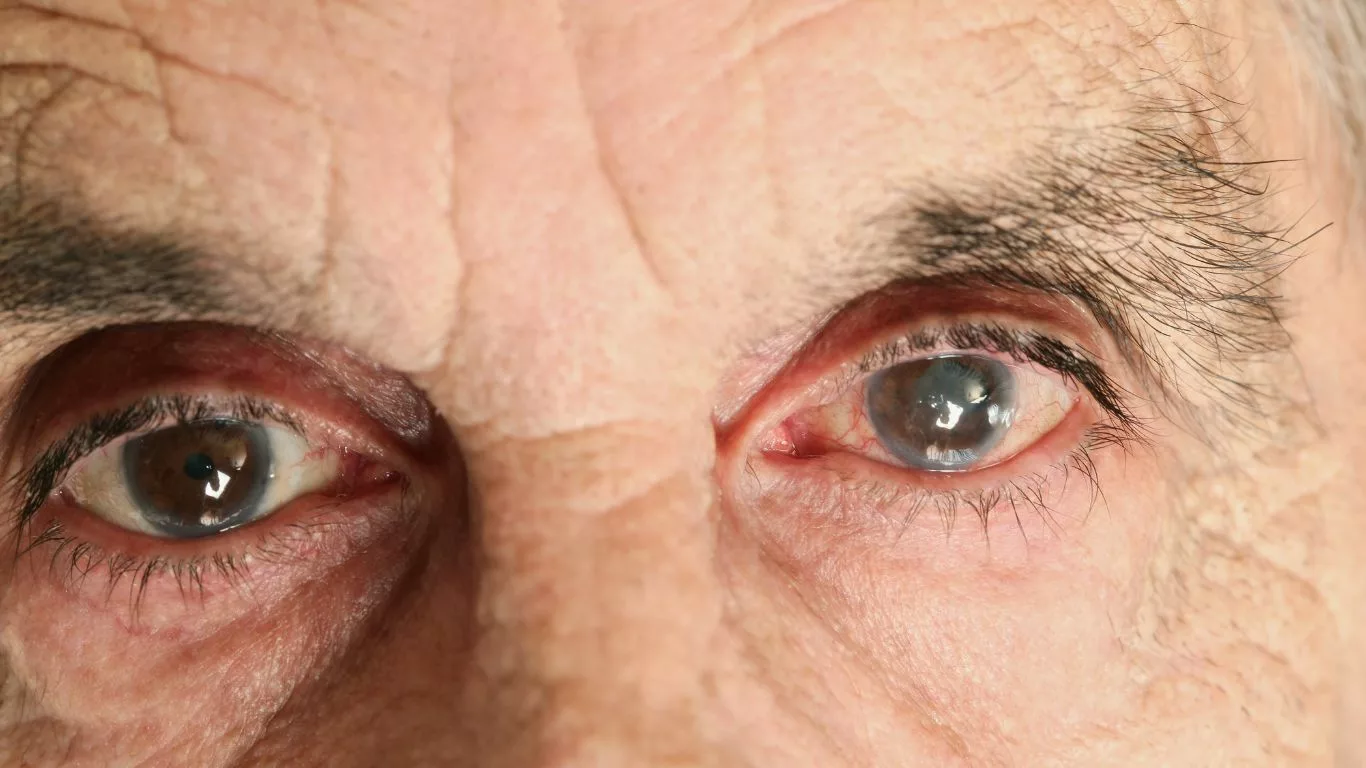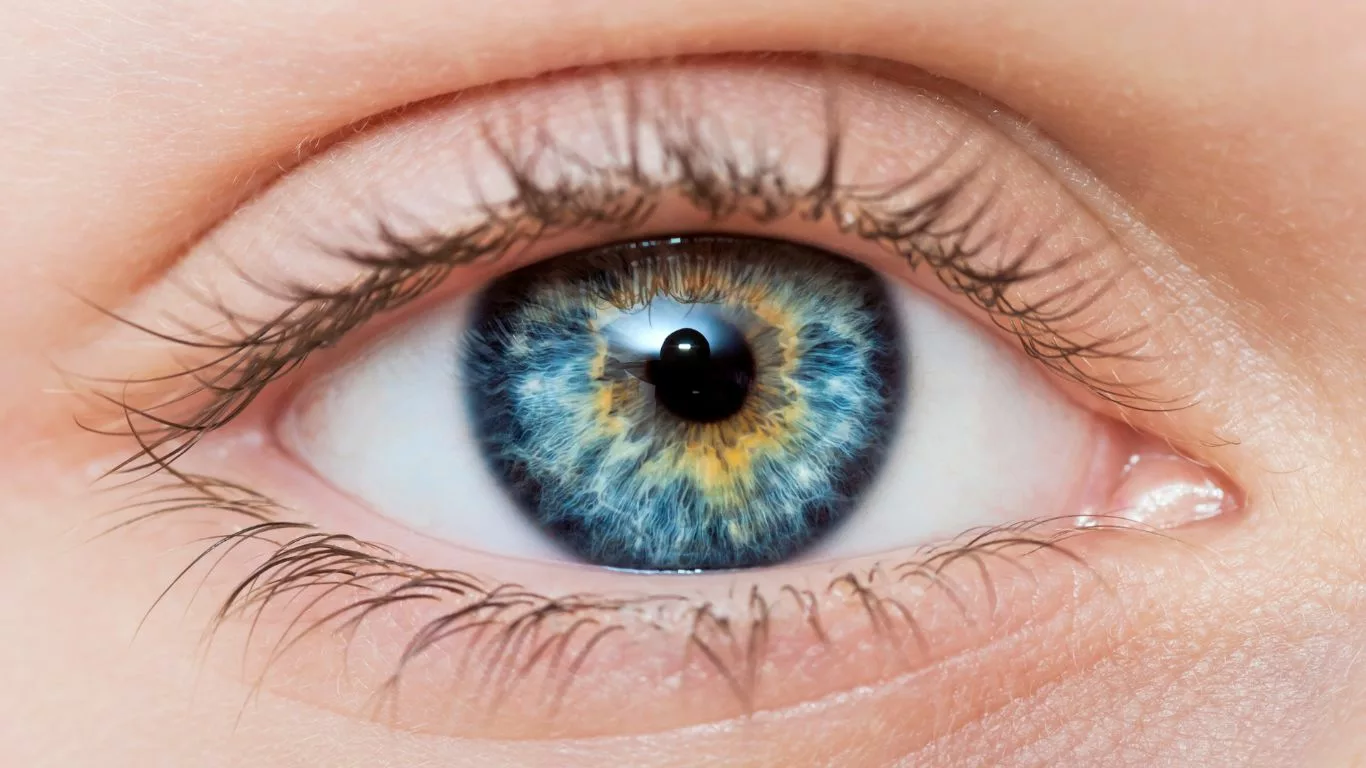Understanding Eye Floaters After LASIK Surgery – Causes and Management
Explore the causes, risks, and management of eye floaters after LASIK surgery. Learn about symptoms, treatment options, and when to consult a doctor in this comprehensive guide.
LASIK surgery, a widely performed procedure for vision correction, offers many benefits, but like any surgical intervention, it can also present certain risks and side effects. Among these potential complications, eye floaters have been reported by some patients post-LASIK. In this detailed article, we delve into the phenomenon of eye floaters after LASIK, addressing its causes, management strategies, and implications for patients.

Understanding Eye Floaters After LASIK Surgery
Eye floaters, those tiny specks or strands that seem to drift across one’s field of vision, are a common visual phenomenon. They typically arise from small clumps of gel or cellular debris within the vitreous humor, the gel-like substance that fills the eye and helps maintain its shape. While eye floaters are frequently associated with aging or trauma to the eye, their appearance following LASIK surgery can provoke concern and warrant a closer examination of potential causes and implications.
Possible Causes of Eye Floaters After LASIK Surgery
The development of eye floaters following LASIK surgery can stem from various factors, including:
- Vitreous Changes: During LASIK surgery, alterations in the eye’s structure and pressure dynamics can occasionally lead to disturbances within the vitreous humor. These disturbances may manifest as perceived floaters in the patient’s visual field.
- Retinal Stress: The surgical manipulation of the cornea and underlying tissues during LASIK can induce temporary stress or changes within the retina. These changes may influence the perception of floaters as the eye heals and adapts post-surgery.
- Surgical Complications: While rare, certain surgical complications associated with LASIK, such as retinal detachment or intraocular inflammation, can potentially trigger the onset of eye floaters. These complications may disrupt normal vitreous function or cause the release of cellular debris into the vitreous humor, thereby contributing to the appearance of floaters.

Symptoms and Diagnosis
Patients who develop eye floaters after LASIK surgery often describe their experience with specific symptoms:
- Appearance: Floaters are perceived as small, dark specks, lines, or cobweb-like shapes that seem to drift or move when the eye moves. They can vary in size and may appear more pronounced against well-lit backgrounds or in natural sunlight.
- Visibility Conditions: Floaters tend to be more noticeable under bright light conditions, such as outdoors on a sunny day, or when looking at clear, evenly illuminated backgrounds like a white wall or blue sky.
Diagnostic Process
Diagnosing eye floaters after LASIK involves a thorough assessment to understand the nature and potential impact of these visual disturbances:
- Comprehensive Eye Exam: This typically includes a detailed examination of the retina and vitreous through methods like indirect ophthalmoscopy and slit-lamp biomicroscopy. Pupil dilation allows for a more comprehensive view of the retina, aiding in the detection of any abnormalities or changes in the vitreous gel.
- Patient History: Gathering a comprehensive history is crucial, focusing on the patient’s previous eye health, surgical procedure details (such as LASIK parameters and any intraoperative complications), and any pre-existing conditions that might influence post-operative outcomes. This information helps in assessing whether the floaters are related to the surgical procedure or to other underlying factors.

Management and Treatment Options
Effective management of eye floaters after LASIK surgery involves assessing their severity and impact on vision, followed by appropriate intervention strategies:
Observation
In many cases, eye floaters following LASIK are benign and may resolve or become less noticeable over time. Patients are often advised to monitor their floaters and report any changes during follow-up visits with their eye care provider. This approach allows for natural adjustments in the eye’s vitreous fluid and may lead to a reduction in floater visibility without active treatment.
Surgical Intervention
For more persistent or bothersome floaters, especially those significantly impairing vision or causing distress, surgical intervention may be necessary. Advanced cases may require procedures such as vitrectomy, where the vitreous gel containing floaters is partially removed and replaced with a saline solution. Vitrectomy aims to alleviate symptoms by physically eliminating the floaters that obstruct vision, although it carries risks such as retinal detachment or cataract formation.
Lifestyle Adjustments
In addition to medical treatments, lifestyle modifications can help manage eye floaters after LASIK surgery:
- Optimizing Lighting: Adjusting ambient lighting conditions, such as reducing glare and using softer, indirect lighting, can minimize floater visibility.
- Screen Brightness: Decreasing screen brightness on electronic devices like computers and smartphones reduces eye strain and may alleviate the prominence of floaters, especially in environments with high contrast.
- Healthy Habits: Maintaining overall eye health through adequate hydration, regular breaks from screen use, and a balanced diet rich in antioxidants supports optimal vision and may indirectly influence floater perception.

When to Consult a Doctor
While observation and lifestyle adjustments can manage many cases of eye floaters after LASIK, certain symptoms warrant immediate medical attention to rule out serious complications:
- Sudden Onset: The sudden appearance of numerous new floaters, especially accompanied by flashes of light (photopsia), may indicate retinal detachment or vitreous hemorrhage. These conditions require urgent evaluation to prevent permanent vision loss.
- Changes in Vision: Any abrupt changes in visual acuity, such as blurry vision, peripheral vision loss, or sudden disturbances in visual field, should prompt immediate consultation with an eye care specialist. These symptoms may signify underlying retinal tears or other serious eye conditions requiring prompt intervention.

Conclusion
While eye floaters after LASIK surgery can be unsettling, understanding their causes and available management strategies can alleviate concerns. Regular follow-up with an eye care specialist is crucial for monitoring any changes in vision and ensuring optimal eye health post-surgery.
By staying informed about potential complications like eye floaters and knowing when to seek medical advice, LASIK patients can navigate their recovery journey with confidence and peace of mind.
Appendices
References
For further exploration of eye floaters after LASIK surgery, consider reviewing the following resources:
- Smith, J. K., & Jones, L. M. (2023). Postoperative Complications in LASIK: A Review of Case Studies. Journal of Ophthalmic Surgery, 15(2), 98-105. Read Article
- Chen, S., & Wang, H. (2022). Retinal Detachment Following LASIK Surgery: Incidence and Management. Retina Today, 30(4), 76-83. Read Article
- American Academy of Ophthalmology (AAO). (2023). Understanding Eye Floaters: Causes and Treatment Options. EyeSmart, 27(3), 142-155. Read Article
FAQs
Here are some frequently asked questions about eye floaters after LASIK surgery:
- Are eye floaters after LASIK surgery normal? While relatively uncommon, eye floaters can occur after LASIK due to changes in the vitreous or retina. Most floaters are benign but should be monitored.
- How long do eye floaters typically last after LASIK? Floaters may persist for varying durations. Some patients notice them temporarily, while others may experience persistent floaters that require management.
- Can eye floaters after LASIK surgery be prevented? There is no guaranteed way to prevent eye floaters after LASIK. Minimizing risk factors and following post-surgical care instructions can help reduce the likelihood of complications.
Related Table
Here’s a summary table highlighting key information on eye floaters after LASIK surgery:
| Aspect | Information |
|---|---|
| Main Causes | Vitreous changes, retinal stress, surgical complications |
| Management Options | Observation, surgical intervention, lifestyle adjustments |
| When to Seek Help | Sudden onset, vision changes, persistent symptoms |
Note: Individual responses to LASIK surgery and post-operative complications can vary. Consult with an eye care specialist for personalized advice.
Disclaimer: The information provided in this article is for educational and informational purposes only. It is not intended to be a substitute for professional medical advice, diagnosis, or treatment. Always seek the advice of your physician or other qualified health provider with any questions you may have regarding a medical condition. Never disregard professional medical advice or delay in seeking it because of something you have read in this article. Reliance on any information provided in this article is solely at your own risk.

Camellia Wulansari is a dedicated Medical Assistant at a local clinic and a passionate health writer at Healthusias.com. With years of hands-on experience in patient care and a deep interest in preventive medicine, she bridges the gap between clinical knowledge and accessible health information. Camellia specializes in writing about digestive health, chronic conditions like GERD and hypertension, respiratory issues, and autoimmune diseases, aiming to empower readers with practical, easy-to-understand insights. When she’s not assisting patients or writing, you’ll find her enjoying quiet mornings with coffee and a medical journal in hand—or jamming to her favorite metal band, Lamb of God.






